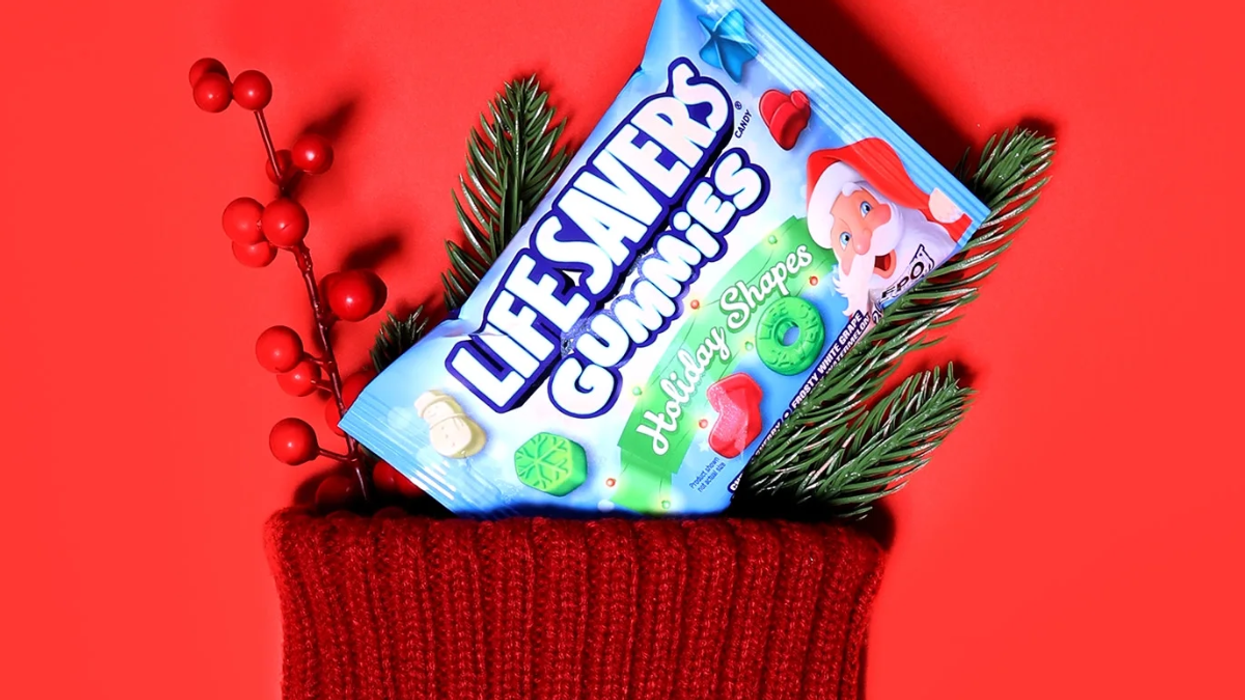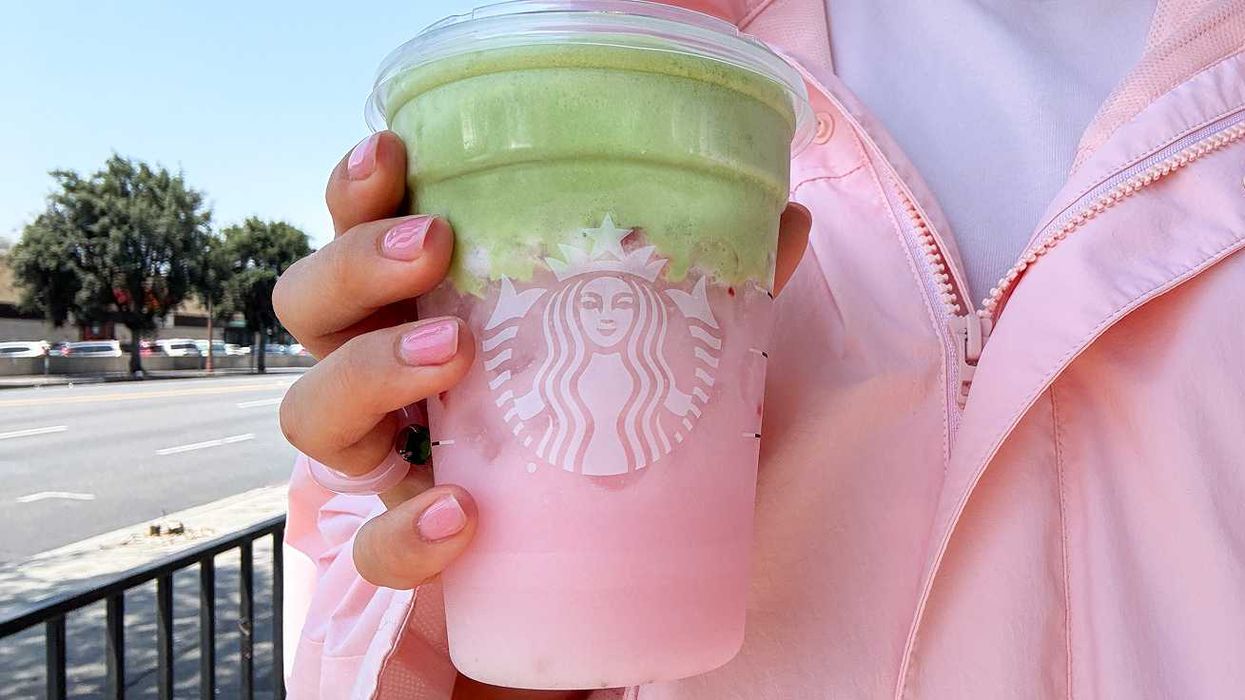Don't know the difference between bleached vs unbleached flour? Here's which is best for which foods.
How To Decide Bleached Vs Unbleached Flour | Brit + Co
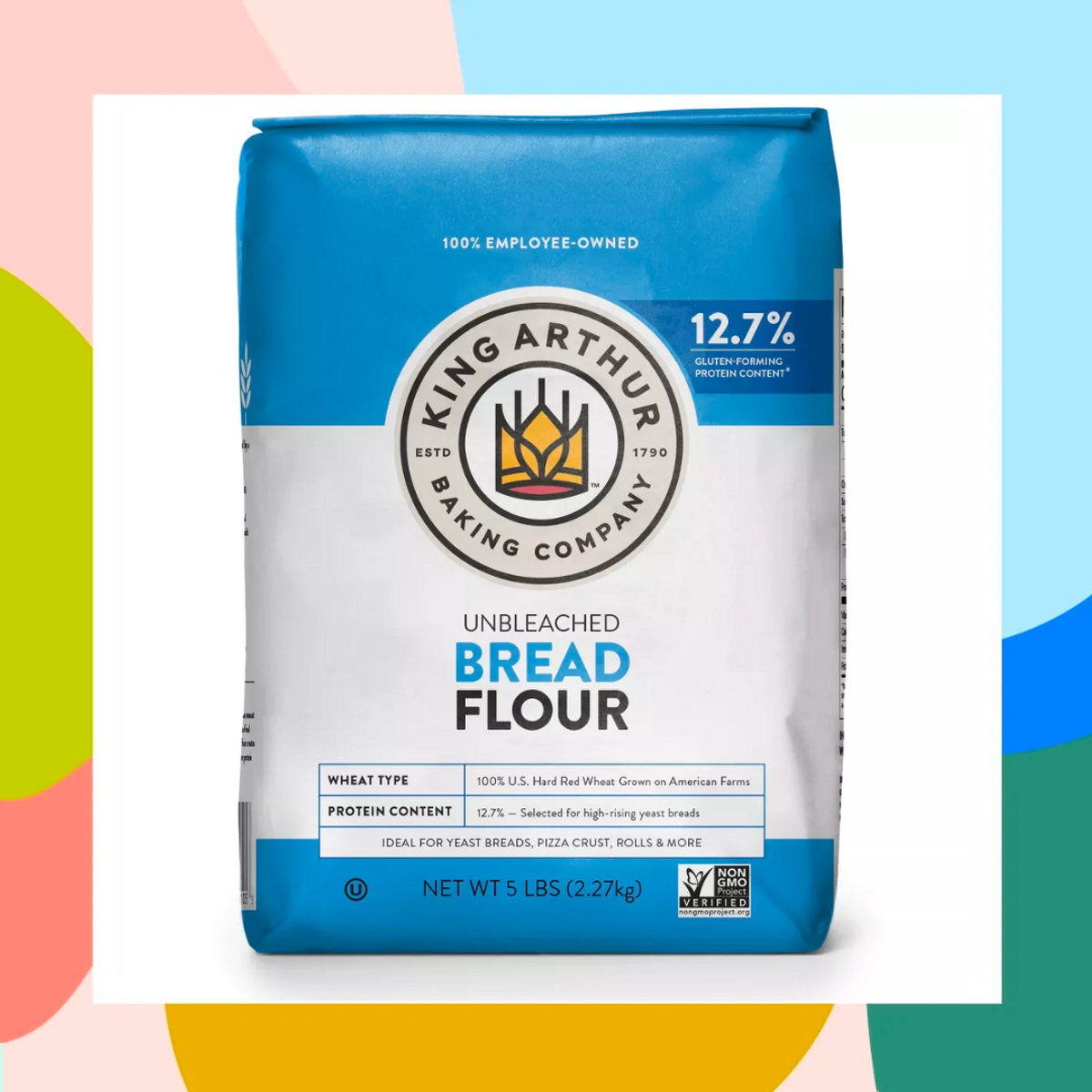
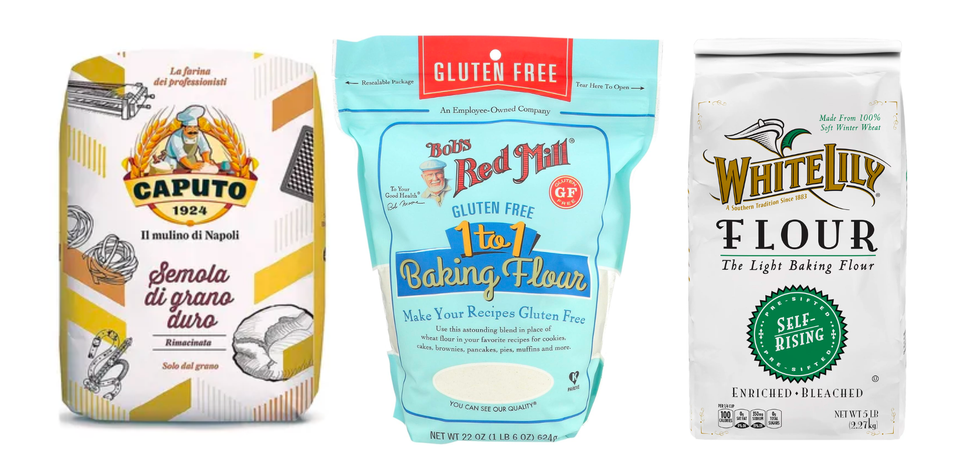
Choosing bleached vs. unbleached flour for the recipe at hand can mean the difference between an okay-tasting treat and a can't-wait-to-stuff-this-in-my-mouth experience. Once you have the proper staple, you can make fluffy cakes, chewy pizza crusts, unforgettable breads, and lighter-than-air biscuits. The biggest differences between each type of flour? Protein content, texture, and the type of wheat used. To find out which is best for which foods, scroll through our primer on all the different flours you need to know.
The Best Bleached Vs Unbleached Flour

King Arthur Flour All-Purpose Unbleached Flour
Chances are the flour most of us have in our cupboards right now is all-purpose. This type of flour has a fairly high protein content, meaning you can use it to make bread and pasta, but it's not so protein-rich that you can't also use it to bake cakes and cookies. A note about bleached vs. unbleached: Unbleached flour turns white naturally as it ages, while bleached flour is synthetically aged with chemicals. Unbleached flour can produce slightly coarser baked goods, but the difference between the two is very slight.
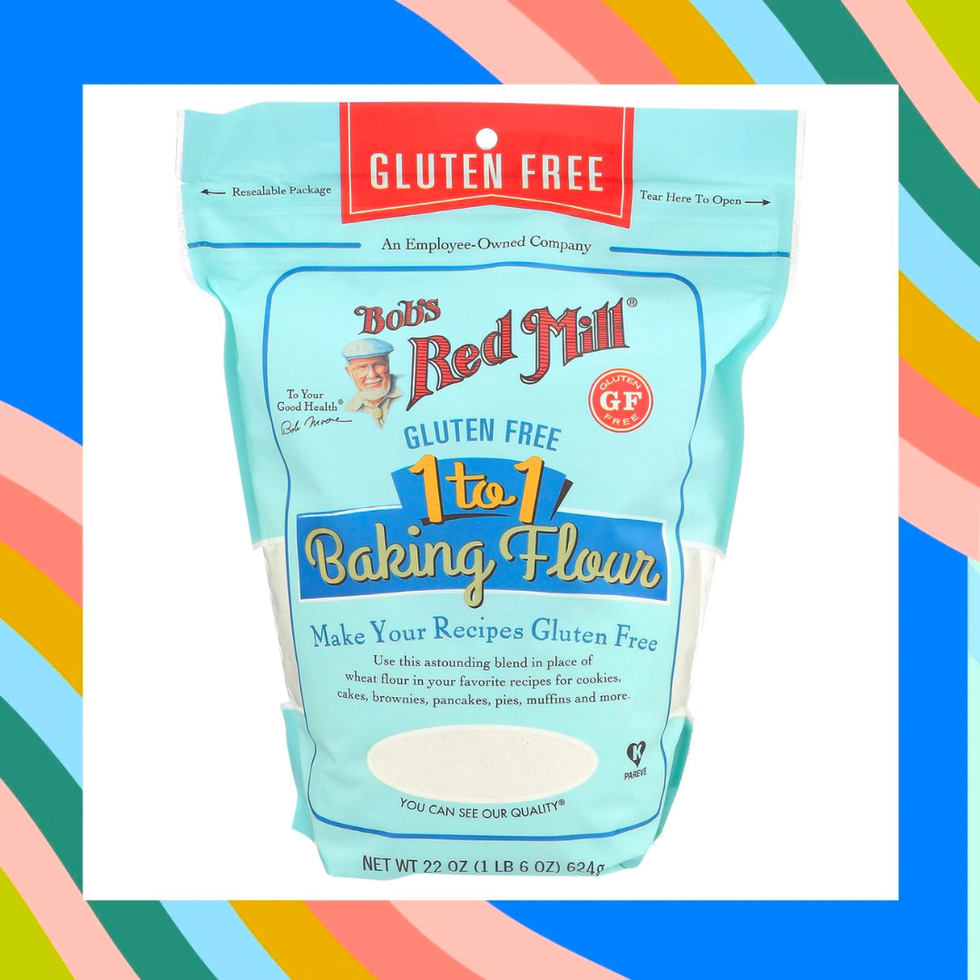
Bob's Red Mill 1 to 1 Gluten Free Baking Flour
Pre-mixed flour blends are a godsend for those who are new to gluten-free baking. Look for a box or bag that says "1 to 1," which means that every cup of the gluten-free flour is equal to a cup of all-purpose wheat flour. BRM adds xanthan gum to its mix, which basically replaces the gluten in regular flour, so your GF baked goods stick together and don't crumble like sand.

King Arthur Flour Unbleached Bread Flour
Bread flour can make all the difference if your homemade loaves never seem to come out quite right. It's higher in gluten and protein, which gives more structure to the rise and bake of your bread. To use whole wheat flour when making bread, you should cut it with 25-50 percent bread flour so you still get the texture you're looking for.
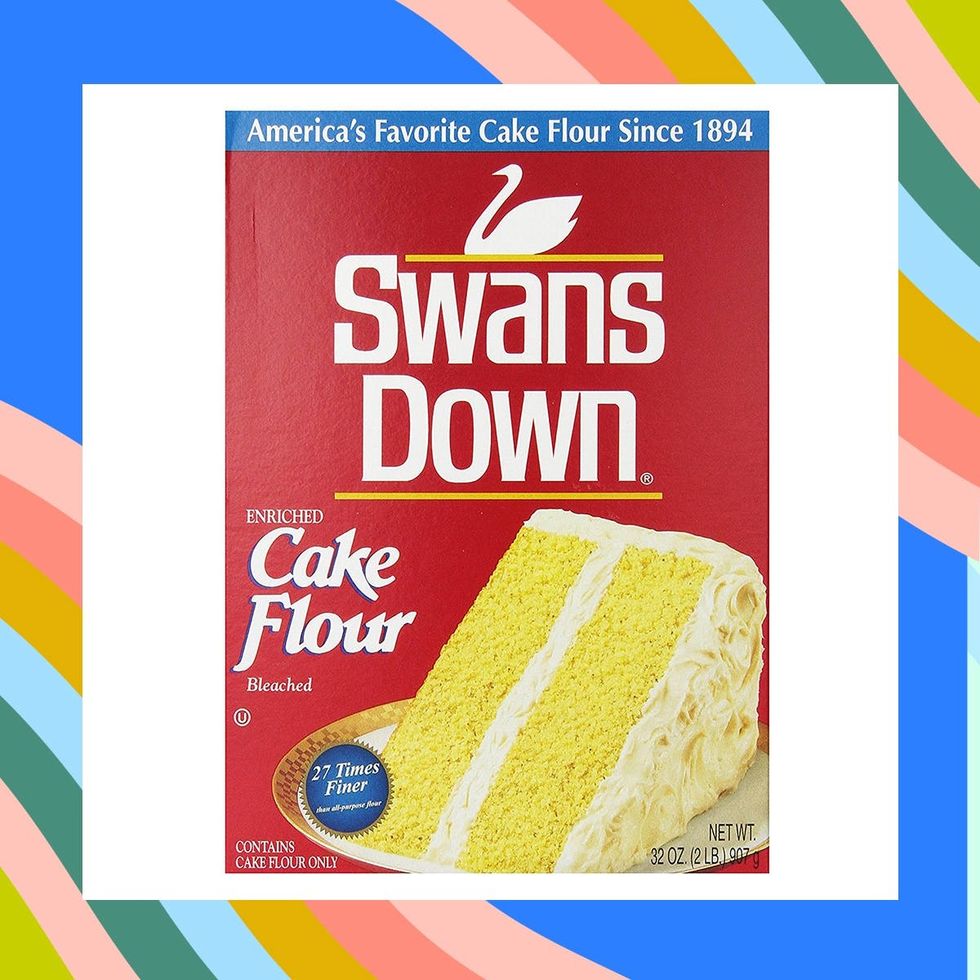
Swans Down Enriched Bleached Cake Flour
Cake flour is milled extra-fine, so you get the softest, fluffiest cakes possible. It's made with soft winter wheat, which has less protein than other types of wheat and doesn't develop as much gluten. Cake flour is also a preferred choice if you want to make fluffy pancakes.
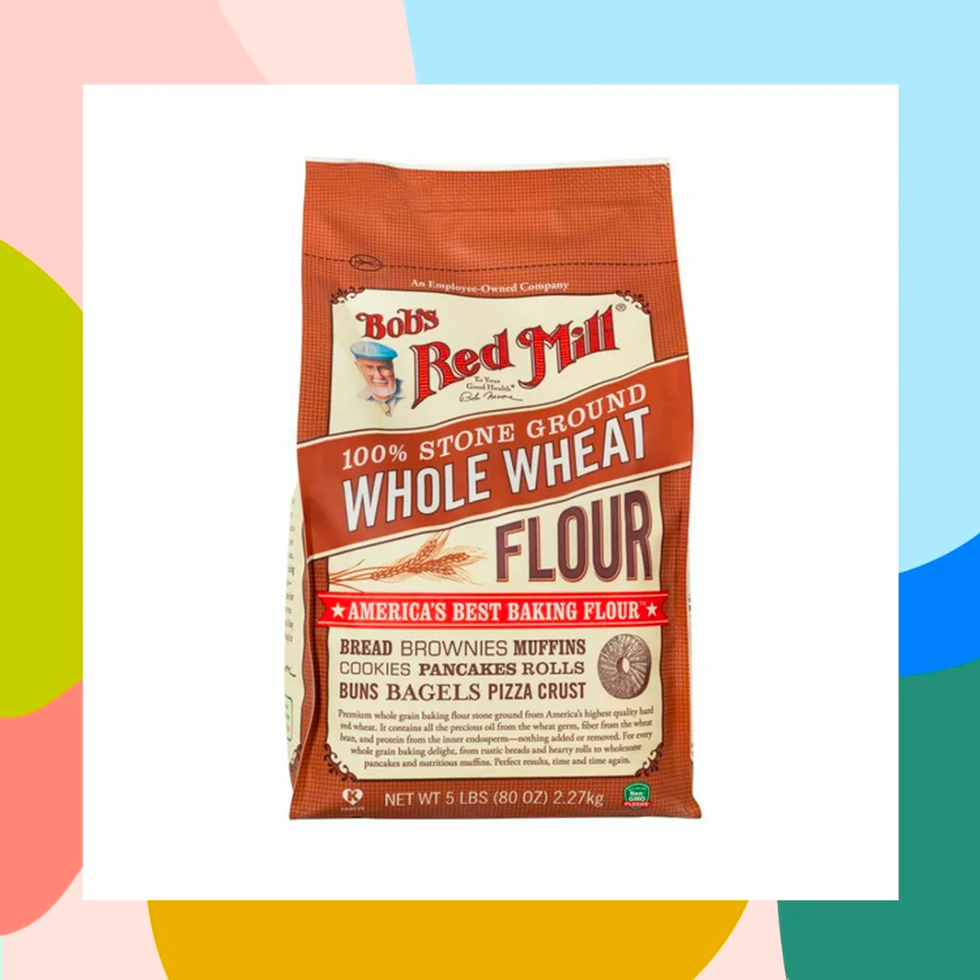
Bob's Red Mill 100% Stone Ground Whole Wheat Flour
Baking with whole wheat flour isn't difficult, but there are a few things that make it different from refined flour. It's coarser and denser, which can inhibit the production of gluten (resulting in gummy, flat bread loaves). Its heaviness means cakes and other baked goods may have trouble rising. To combat this when making bread, use a blend of whole wheat and bread flour, or add a tablespoon or two of vital wheat gluten and an extra tablespoon of water to your dough to increase the protein content of the mixture and get a more traditional rise. For cakes, use equal parts whole wheat and cake flour.
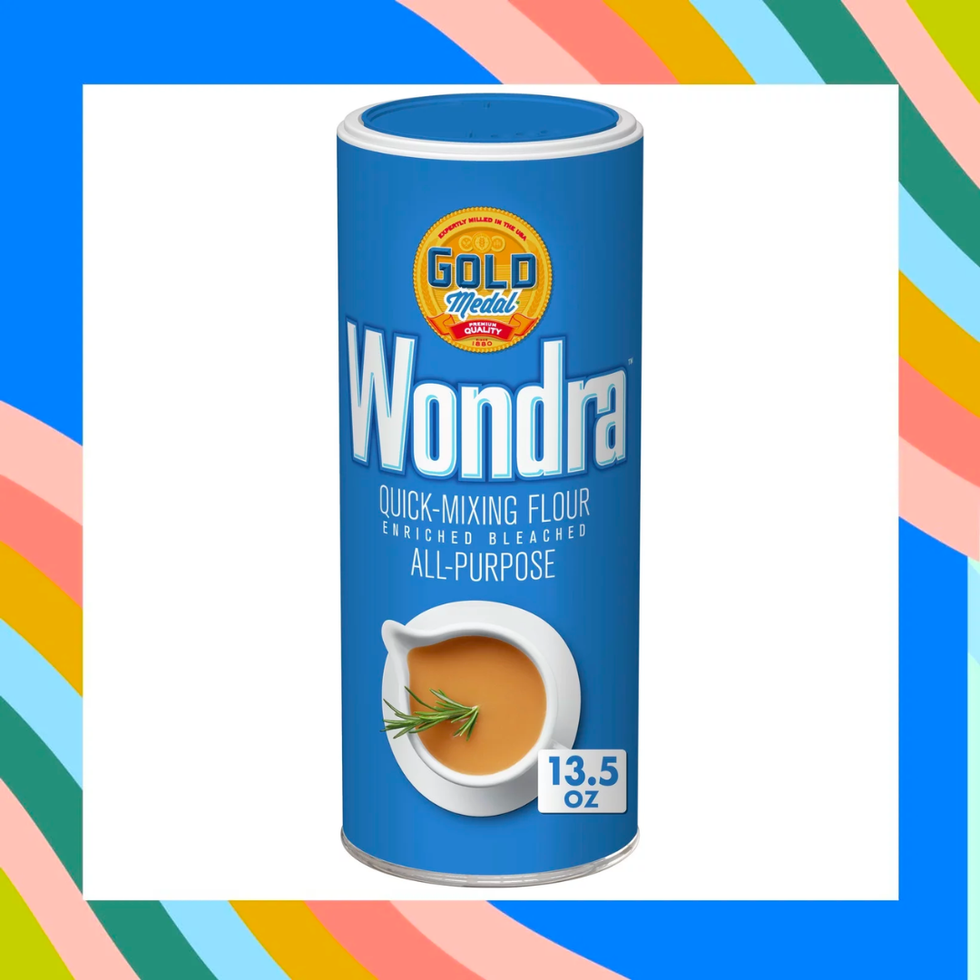
Gold Medal Wondra Quick Mixing Flour
Wondra is a blend of wheat flour and malted barley flour that mixes into gravies, sauces, and stews without leaving lumps like regular flour does. Beyond that, it also yields the flakiest pie crusts. It can make dredging fish and chicken easier than ever too.
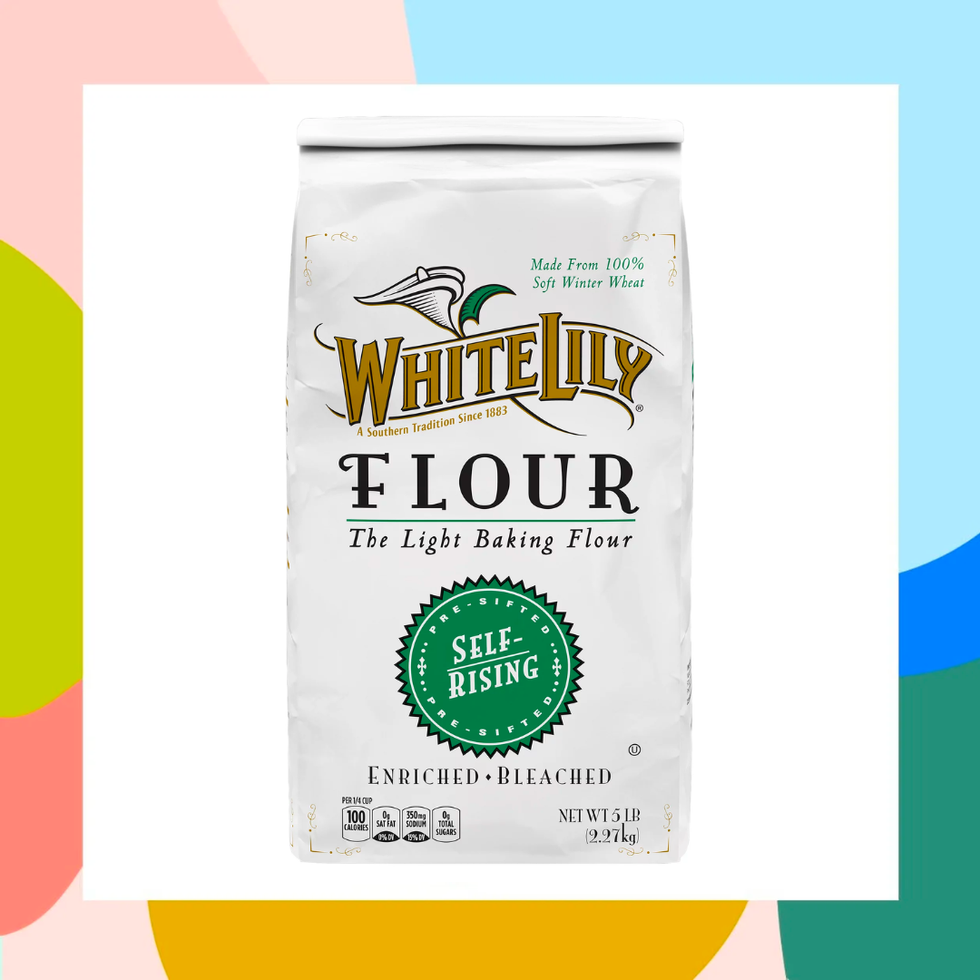
White Lily Self Rising Flour
For the lightest, fluffiest biscuits of your life, pick up White Lily self-rising flour. It's made from soft wheat that's finely milled and pre-mixed with rising agents.
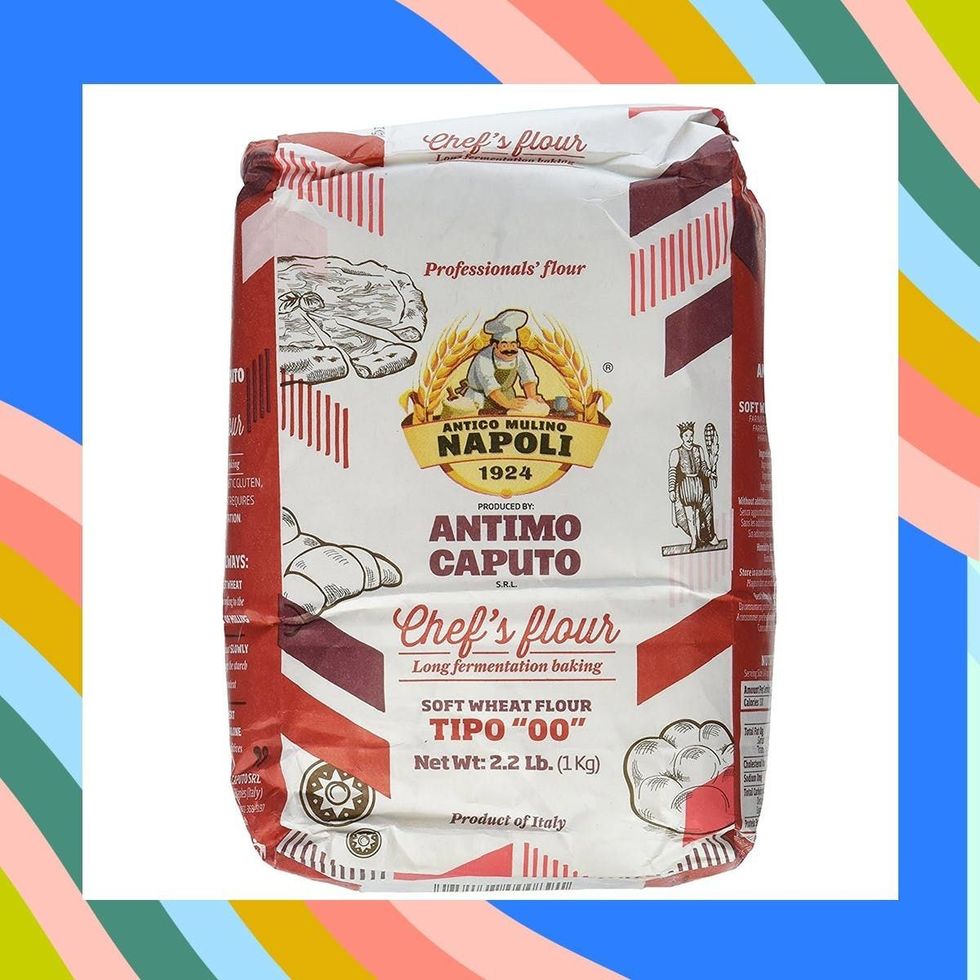
Antimo Caputo Chef's "00" Flour
"00" flour is an Italian bread flour that's milled to be extra-fine. It has about the same protein content as all-purpose flour, but because of its texture, it produces superior pizza crust and bread. If you're a die-hard Neapolitan pizza fan, it's worth keeping some on hand.
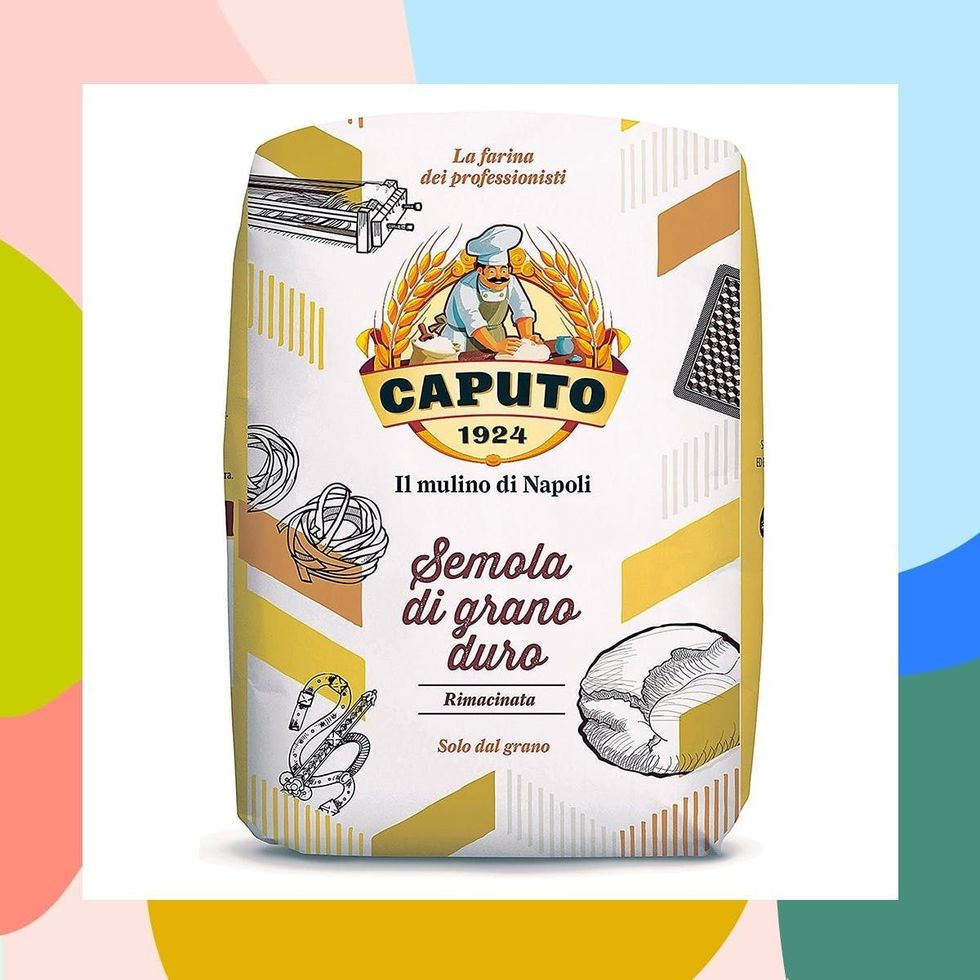
Caputo Semolina Flour
Semolina flour is what you want to use for making pasta. Created from the ground endosperm of durum wheat, it usually has a slightly sweet flavor, golden color, and coarser texture than regular wheat flour. Look for Italian semolina flour, which tends to be milled more finely than its American counterparts, making for smoother dough and pasta.
Now want to try out your new knowledge of bleached vs unbleached flour? Follow us on @BritAndCo on Pinterest for delicious recipes.
Brit + Co may at times use affiliate links to promote products sold by others, but always offers genuine editorial recommendations.
(Photos via retailers)




